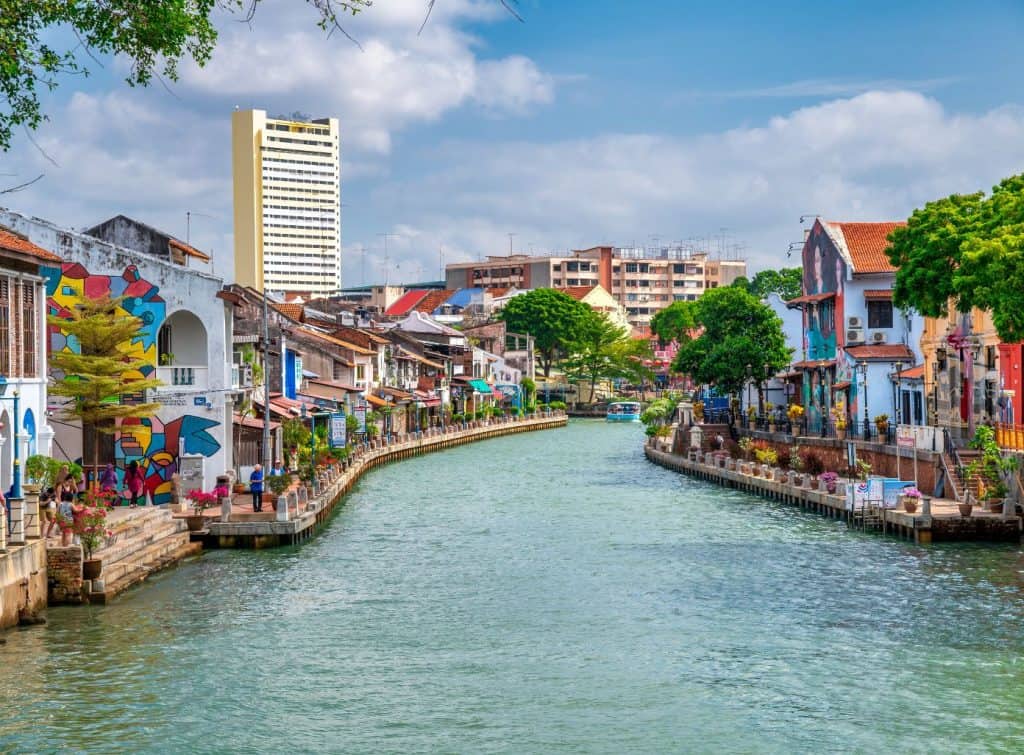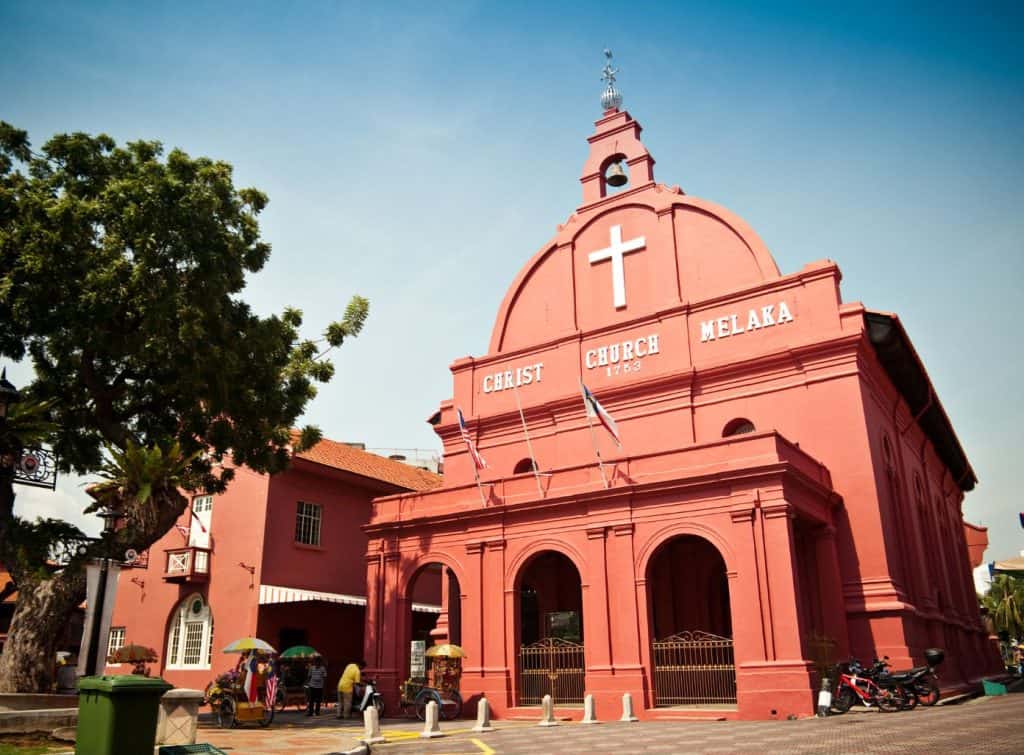Melaka, also known as Malacca, is a state in Malaysia that is steeped in history and culture. As one of the oldest trading ports in Southeast Asia, Melaka’s heritage buildings serve as a testament to its rich past. From its time under Portuguese, Dutch, and British rule to the impact of trade and commerce on its architecture, every corner of this city tells a story. In this article, we will explore the significance of Melaka’s heritage buildings, delve into notable structures, discuss the challenges faced in preserving them, and provide tips for visiting these historical treasures responsibly.
Understanding Melaka’s Rich History

Melaka’s history is a tapestry woven by diverse cultural influences. Over the centuries, this city has witnessed the rise and fall of different empires, leaving behind a unique blend of architectural styles. The heritage buildings of Melaka are a living timeline, showcasing the legacy of its past rulers.
The Influence of Portuguese, Dutch, and British Rule
Portuguese forces conquered Melaka in 1511, giving rise to the distinctive Portuguese architectural style, characterized by their fortifications and distinct Catholic elements. However, their reign was short-lived as the Dutch took over in 1641. The Dutch brought with them their own architectural influence, seen in buildings such as the Stadthuys, which displays a combination of Dutch and local features. Later, the British took control, further leaving their mark on the city’s architecture.
The Impact of Trade and Commerce on Architecture
Trade has always been the lifeblood of Melaka, shaping not only its economy but also its architecture. As a major port along the historic Spice Route, Melaka attracted traders from around the world. This led to the fusion of various architectural styles, resulting in a vibrant mix of influences from China, India, the Arab world, and beyond. The intricate carvings, vibrant colors, and unique building materials reflect the interplay of different cultures and their architectural traditions.
The Significance of Melaka’s Heritage Buildings
Heritage buildings serve as the pillars of cultural preservation, keeping Melaka’s history alive. They provide a tangible link to the past and offer insights into the city’s transformation over time. These structures not only hold historical importance but also contribute to the local identity and tourism industry.
The Role of Heritage Buildings in Cultural Preservation
Preserving heritage buildings is crucial for the continued appreciation and understanding of Melaka’s diverse cultural heritage. These buildings serve as physical representations of the city’s past, reminding locals and visitors alike of its historical significance. By maintaining and showcasing these structures, Melaka ensures that future generations can connect with their roots.
Architectural Styles and Their Meanings
Melaka’s heritage buildings feature a variety of architectural styles, each with its own symbolism and significance. For example, the Poh San Teng Temple exemplifies the architectural style of traditional Chinese temples, reflecting the strong influence of the Chinese community in Melaka. On the other hand, Masjid Kampung Kling represents the fusion of Indian and Malay architectural elements, showcasing the harmonious coexistence of different cultures.

Notable Heritage Buildings in Melaka
Among the many heritage buildings in Melaka, a few stand out for their historical importance and unique features. Let’s take a closer look at three notable structures:
A Detailed Look at Stadthuys
The Stadthuys, a prominent red building located in the heart of Melaka, was once the residence of Dutch governors during the Dutch occupation. Today, it houses the History and Ethnography Museum, allowing visitors to delve into the city’s past. With its distinctive Dutch colonial architectural style and vibrant terracotta exterior, the Stadthuys stands as a symbol of Melaka’s multicultural heritage.
The Unique Features of Christ Church
Adjacent to the Stadthuys, you’ll find Christ Church, an iconic landmark of Melaka. Its crimson-colored brick facade and sturdy timber roof trusses are reminiscent of Dutch colonial architecture. As the oldest functioning Protestant church in Malaysia, Christ Church bears witness to the enduring legacy of the Dutch era.
The Historical Importance of A Famosa Fort
A Famosa Fort is a testament to Melaka’s strategic location as a trading port. Built by the Portuguese in the early 16th century, it was later modified by the Dutch and finally the British. Although only a small gatehouse remains today, it stands as a reminder of the city’s fortifications and the battles fought in its defense.
The Challenges and Efforts in Preserving Heritage Buildings
Preserving heritage buildings is not without its challenges. Time, weathering, urban development, and neglect pose threats to these historical structures. However, Melaka recognizes the importance of conserving its heritage buildings and has made significant efforts to protect them.
Threats to Melaka’s Heritage Buildings
Rapid development and urbanization have led to encroachment on the historical core of Melaka. As the city expands, the pressure to repurpose or demolish heritage buildings increases. Furthermore, environmental factors such as humidity and pollution contribute to the deterioration of these fragile structures.
Conservation Efforts and Their Importance
Melaka’s commitment to preserving its heritage can be seen in various conservation initiatives. The Melaka Museums Corporation plays a pivotal role in safeguarding and revitalizing heritage buildings. The establishment of the UNESCO World Heritage Site status in 2008 has also helped raise awareness and secure funding for preservation efforts. Collaboration between local authorities, heritage organizations, and the community is vital in ensuring the sustainable protection of these buildings.
Visiting Melaka’s Heritage Buildings
A visit to Melaka’s heritage buildings is a journey through time. To make the most of your experience, it’s essential to be a responsible tourist and appreciate these sites in a way that respects their historical and cultural significance.
Tips for Responsible Tourism
When visiting heritage buildings, follow these guidelines:
- Respect any rules or regulations set by the authorities to protect the buildings and artifacts.
- Refrain from damaging or defacing any part of the structures.
- Avoid excessive noise or disruptive behavior that may disturb other visitors or the surrounding area.
- Support local businesses and artisans by purchasing authentic souvenirs or participating in locally-led tours.
- Leave no trace behind and dispose of waste responsibly.
Making the Most of Your Visit to Melaka’s Heritage Sites
Plan your visit to Melaka’s heritage sites to fully immerse yourself in the city’s history and culture:
- Start with a visit to the Melaka Sultanate Palace Museum to gain a deeper understanding of Melaka’s past.
- Take a leisurely stroll along Jonker Street, where you can explore various heritage buildings and indulge in local delicacies.
- Embark on a river cruise to appreciate the waterfront heritage buildings from a different perspective.
- Visit the Cheng Hoon Teng Temple, the oldest functioning Chinese temple in Malaysia, to experience its serene atmosphere and ornate architecture.
- Engage in guided tours or hire a local guide to gain deeper insights into the stories behind these heritage buildings.
As you wander through the streets of Melaka, the beauty and significance of its heritage buildings will come alive. These architectural marvels are not just relics of the past but a living testimony to the vibrant history and multicultural heritage that define this enchanting city.

